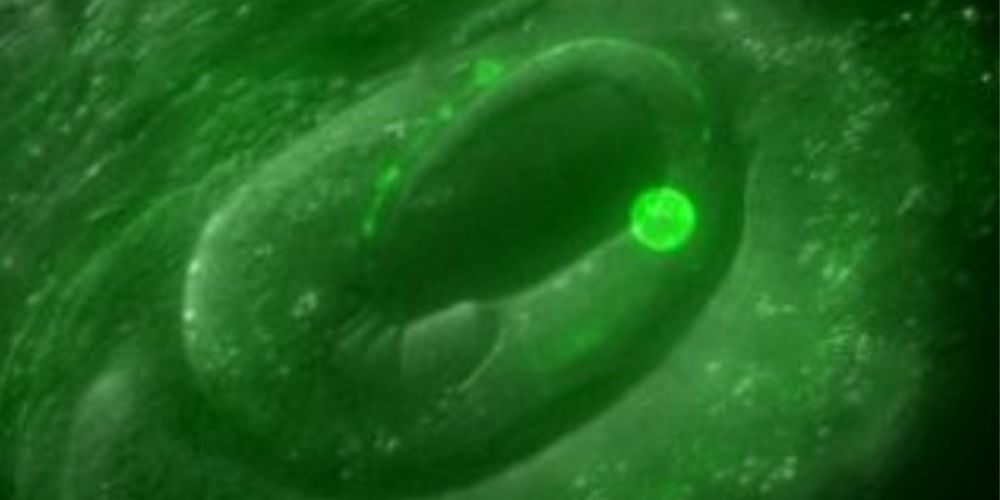
UTA will soon add a new piece of cutting-edge equipment to its already impressive and growing research armamentarium—a type of super-resolution microscope (SRM) that allows biologists to see structures within a cell in even finer detail.
The SRM will come to UTA because of additional grant funding from the National Institutes of Health (NIH) to the lab of Piya Ghose, an assistant professor of biology at UTA. This nearly $250,000 award supplements Ghose's existing NIH/National Institute of General Medical Sciences (NIGMS) Maximizing Investigators' Research Award/Outstanding Investigator Award.
"We are really excited to bring this advanced imaging technology to our lab and UTA," Ghose said. "We believe this will strongly position us to make important discoveries in the field of cell death and cell biology in general. My team and I are extremely excited to start imaging at this level."
The Ghose lab studies the intricacies of programmed cell death—the genetically controlled end of life of most cells. This programmed cell death sculpts and refines tissues, ultimately removing cells the organism no longer needs or wants.
Researchers in Ghose's lab are interested in how the general shape of a cell and the structures within it influence how the cell dies. Many cells have highly complicated structures, such as nerve cells that span long distances, with regions that are vastly different from each other. In addition to the surrounding environment of these regions being different, the internal architecture of each region of the cell is different.
The Ghose lab studies programmed cell death in a tiny embryonic cell of the roundworm C. elegans, which as a full-grown adult is 1 millimeter in length, about the size of the tip of a sharpened pencil or a sewing needle. This tiny cell is in the tail of the roundworm's embryo and dies before the animal can hatch. Since it has a complicated structure like a nerve cell, it is ideal for studying cell death.
The Ghose lab is interested in the structures within the cell called organelles or "little organs," such as mitochondria (which produce energy) and the endoplasmic reticulum (which help make proteins, among other functions). Since one of the lab's important research goals is to better understand how these tiny organelles within a tiny cell of a tiny animal affect cell death, they believe employing the new SRM technology will allow them to pinpoint and document cell death in even finer detail.
"Having this state-of-the-art research equipment here on our campus is very exciting," said Karen Juanez, a member of the Ghose lab who herself won a NIGMS award in 2022. "It pushes UTA further toward research excellence and continues to facilitate ground-breaking research. It feels awesome to be able to tackle and address interesting questions about cells and what goes on in them at a super zoomed-in scale."







